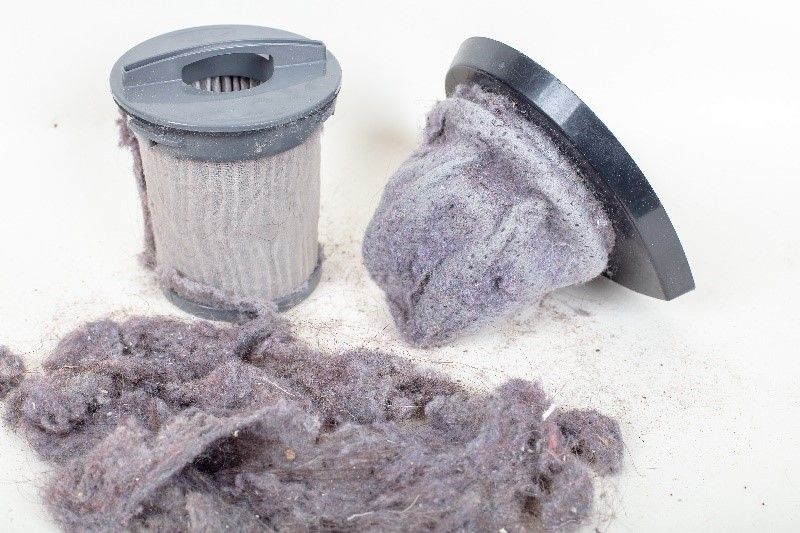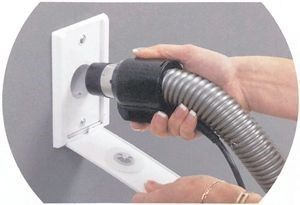How to Unclog Your Central Vacuum system
Table of Contents
How to Unclog Your Central Vacuum system
What is a Central Vacuum?
 A Central Vacuum (typically known as Central Vac.) is a vacuum system that runs by a series of tubing all over your house. The tubes are away from sight behind the walls, with the vacuum canister being housed in either the garage, utility room, or basement.
A Central Vacuum (typically known as Central Vac.) is a vacuum system that runs by a series of tubing all over your house. The tubes are away from sight behind the walls, with the vacuum canister being housed in either the garage, utility room, or basement.
Access to the vacuum cleaner system is achieved through ports around the house. Just plug in the hose and start vacuuming. You empty the canister whenever it gets full, depending on the size of your home and canister that could be at least once a year.
Most people have them professionally fitted, but it's also something you can DIY.
If you, too, have a central vacuum system that suction but not close enough, you have several options. Low suction on your central vacuum. It can be one of a few things. It could be as simple as required to empty the canister or clean your filter. If that doesn’t do the trick, then most probably you have a clogging.
How to Unclog a Central Vacuum system?
Steps 
- Decide where your hose is clogged. If you get minimal suction at all of your outlets, it means your clogging is either in the tube or more likely, between the canister and first outlet. If you only have minimal suction on a single outlet, the blocking is between that one and the one that's functioning correctly.
The solution is straightforward and almost promised to work. The only problem is you need another vacuum.
- Unblock your central vacuum system, stick the hose from your portable vacuum into the central vacuum outlet and let it suck.
The hose should just fit in the outlet and create proper suction. You can also wrap a towel or your hands around it to create a good seal.
Typically, you might suck out cat hair; if you continue sucking, you may get more items, which might be gross.
Ordinarily, it may cost you between $100 and $150 to get professional to fix it. However, if you choose to go the DIY method, you will save on repairing the clogging. The entire DIY might take you 5 minutes or so.




Log In
Create New Account